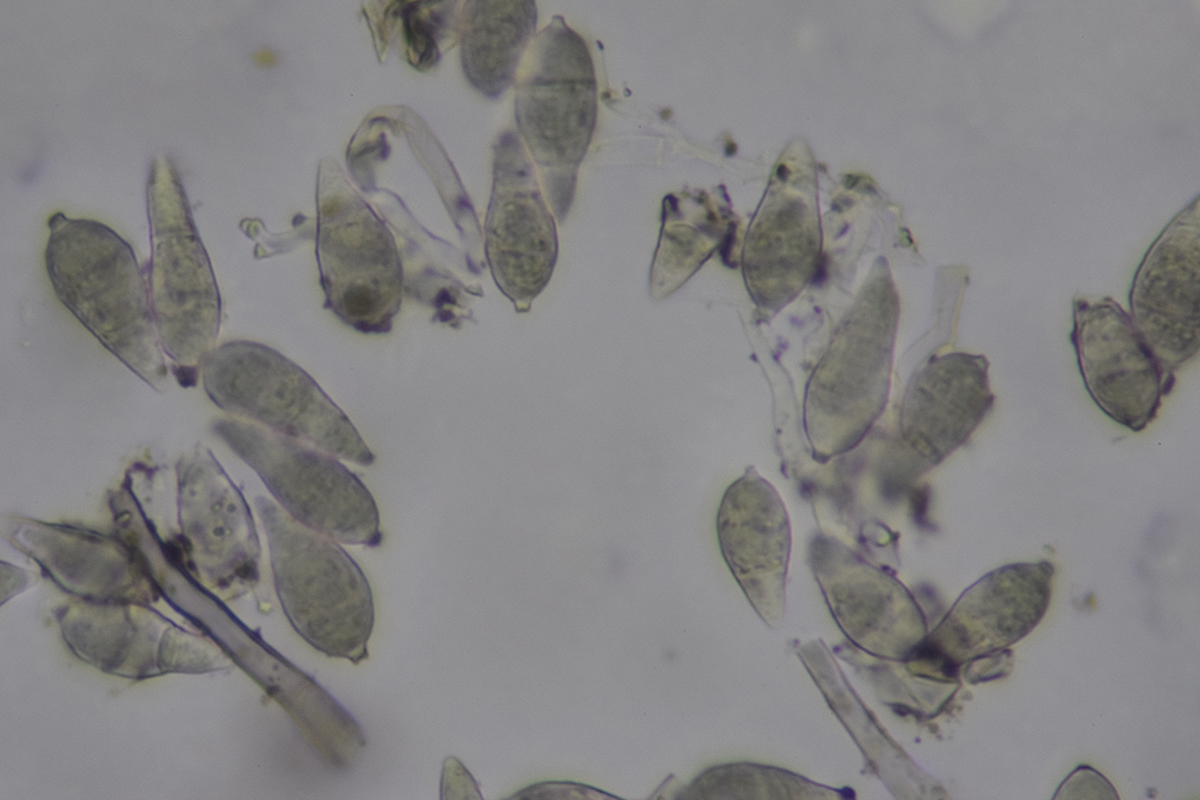The Pathogen
Wheat blast is caused by the plant pathogenic fungus Magnaporthe oryzae. At various times in scientific and trade publications, it has been identified by other names, including Magnaporthe grisea and Pyricularia oryzae. Although morphologically identical, several genetically distinct populations of M. oryzae have been characterized based on primary host and host range. The three most well known populations of M. oryzae cause diseases in rice, annual and perennial ryegrasses, and wheat. There is some level of specificity in primary host; i.e., the population that causes disease in wheat does not cause significant disease in rice and vice versa. However, the population that causes disease in ryegrass does cause some disease in wheat. The population of M. oryzae that causes disease in wheat is referred to as the Triticum population (MoT).
The rice population of M. oryzae has been very well studied and detailed descriptions of the pathogen and the disease it causes, rice blast, are posted to the American Phytopathological Society's and the International Rice Research Institute's websites. How much of the biology of the rice population of M. oryzae and the epidemiology of rice blast can be applied to the wheat blast population of M. oryzae and wheat blast disease is currently being investigated. It is clear that there are many gaps in our understanding of the wheat blast pathosystem.
Pathogen Life Cycle
Wheat blast emerged and outbreaks occur in the southern cone region of South America; Brazil, Bolivia, and Paraguay. The pathogen is believed to survive between wheat crops in wild plant populations at the borders of fields and in open grasslands. Which and how many plant species harbor the wheat population of M. oryzae has not yet been determined. There are conflicting reports that certain Digitaria spp. commonly found adjacent to wheat fields can serve as an important reservoir of the wheat blast pathogen; this hypothesis needs to be confirmed using genetic analysis of the MoT and Digitaria populations. It is possible that more than one native grass species can serve as an alternative host or as a symptomless reservoir host.

